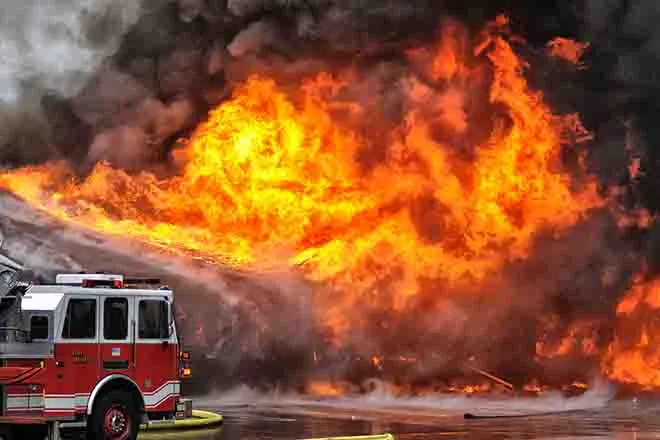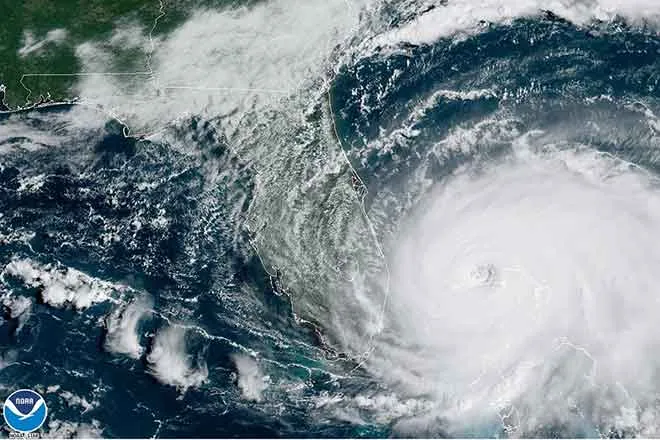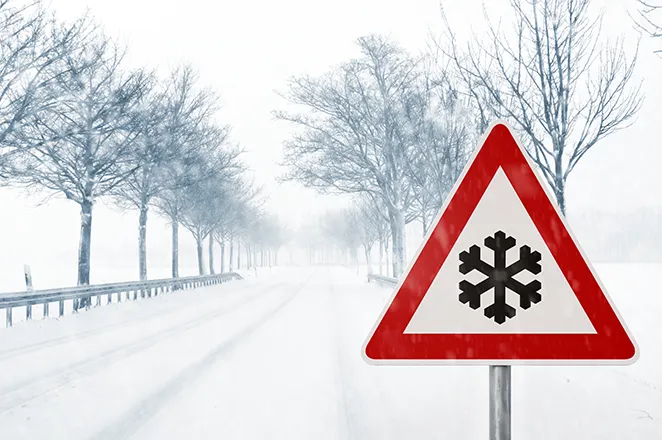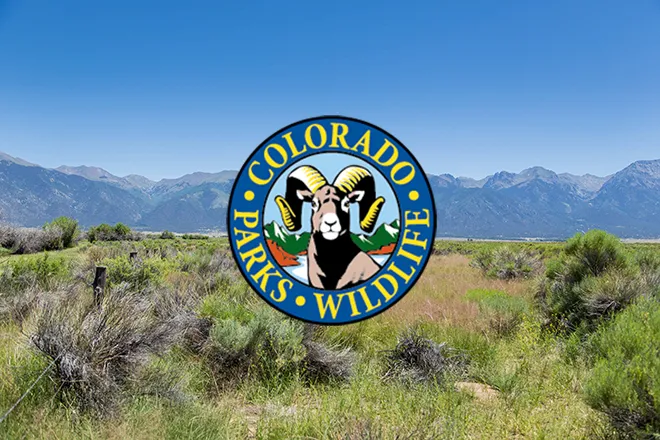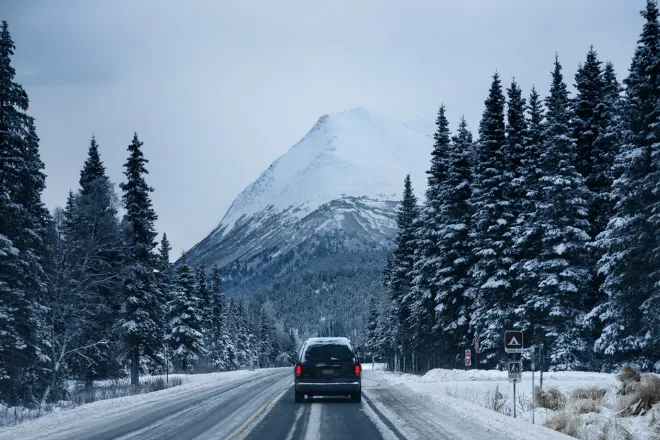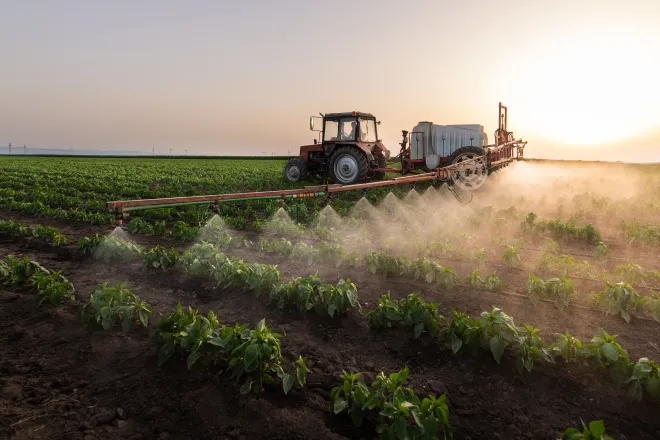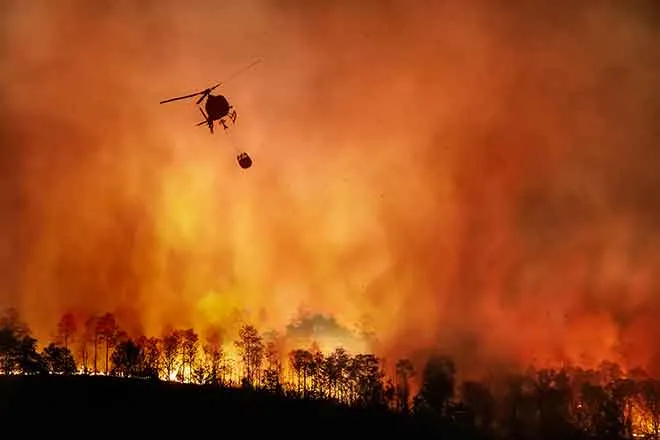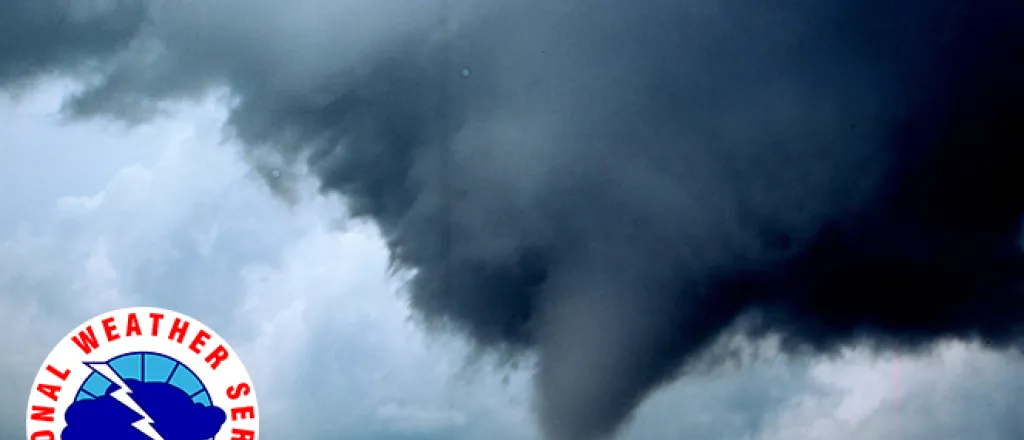
Colorado’s Lightning Threat to Your Safety
Colorado Lightning Safety Awareness Week continues through Saturday. Today we discuss the lightning threat across the Centennial State. Sunday's kick-of article can be found here.
In the United States, there are an estimated 25 million cloud-to-ground lightning flashes per year, and each one is a potential threat to life and property. The 30-year average of human lightning fatalities is 48. The average number of people killed during the last 10 years is 31. Last year, 27 people were killed by lightning, while many others were permanently injured.
Statistically, those who were killed in 2015,
100 percent were outdoors.
59 percent were male.
30 percent were under or near a tree.
In Colorado, lightning killed 1 person last year, and injured 17. During the past 36 years, on average, Colorado has had 3 lightning fatalities and 13 injuries. Since 1980, El Paso County, including the Colorado Springs metro area, has had the dubious distinction of having the most lightning casualties, with 10 fatalities and 81 injuries. Larimer County has had 9 fatalities and 74 injuries, and Jefferson County has had 8 fatalities and 37 injuries.
Because it usually affects one or two victims at a time, and does not cause the destruction left in the wake of tornadoes or hurricanes, lightning generally receives less attention.
Many people do not act in a timely manner to protect their lives, and the lives of others, simply because they do not understand all the dangers associated with thunderstorms and lightning.
You need to become aware of the situations that put you at a greater risk of being struck by lightning, and what you can do to reduce that risk. While nearly all people take some protective actions when rain, hail and wind are occurring with thunderstorms, many leave themselves vulnerable to being struck by lightning as thunderstorms approach, move overhead and move away.
Lightning can strike more than 10 miles from the rain area of a thunderstorm. That distance is about as far as you can hear thunder. If you can hear thunder, you could be in danger of being struck by lightning. When Thunder Roars, Go Indoors.
Most lightning deaths and injuries in Colorado occur during the afternoon, when lightning is most likely to occur and when people are more likely to be outside. Quite a few lightning fatalities have occurred when little or no rain was falling.
The chance that you will be struck by lightning in the United States is about 1 in 960 thousand for each year of your life. However, your chance of being struck will depend on whether you consistently practice all the lightning safety rules.
Lightning starts around half of the forest and rangeland wildfires across the state. Colorado averages around 2500 wildfires each year. Many of these lightning caused fires occur with very little or no rain. These storms often generate gusty winds, which can fan the flames of the fire.
During this lightning safety awareness week, the National Weather Service will provide a variety of information on lightning in Colorado.
On Tuesday, the science of lightning will be discussed.
On Wednesday, the topic of the day is outdoor lightning risk reduction.
On Thursday, we will have information on indoor lightning safety.
On Friday, information for lightning strike survivors will be provided.
On Saturday, lightning and wildfire information will be available.
When planning outdoor activities, check out the hazardous weather outlook and the latest forecast, which include thunderstorm and lightning potential. Make sure you get the specific forecast information of the location you will be visiting. The web sites for National Weather Service offices which cover Colorado and issue these products are,
Denver/Boulder www.weather.gov/den
Grand Junction www.weather.gov/gjt
Pueblo www.weather.gov/pub
Goodland www.weather.gov/gld
NOAAs lightning website which contains abundant information on lightning safety can be found at, www.lightningsafety.noaa.gov
Lightning information specific for the State of Colorado can be found at, www.weather.gov/pub/lightning
The lightning topic for tomorrow will be the science of lightning.

